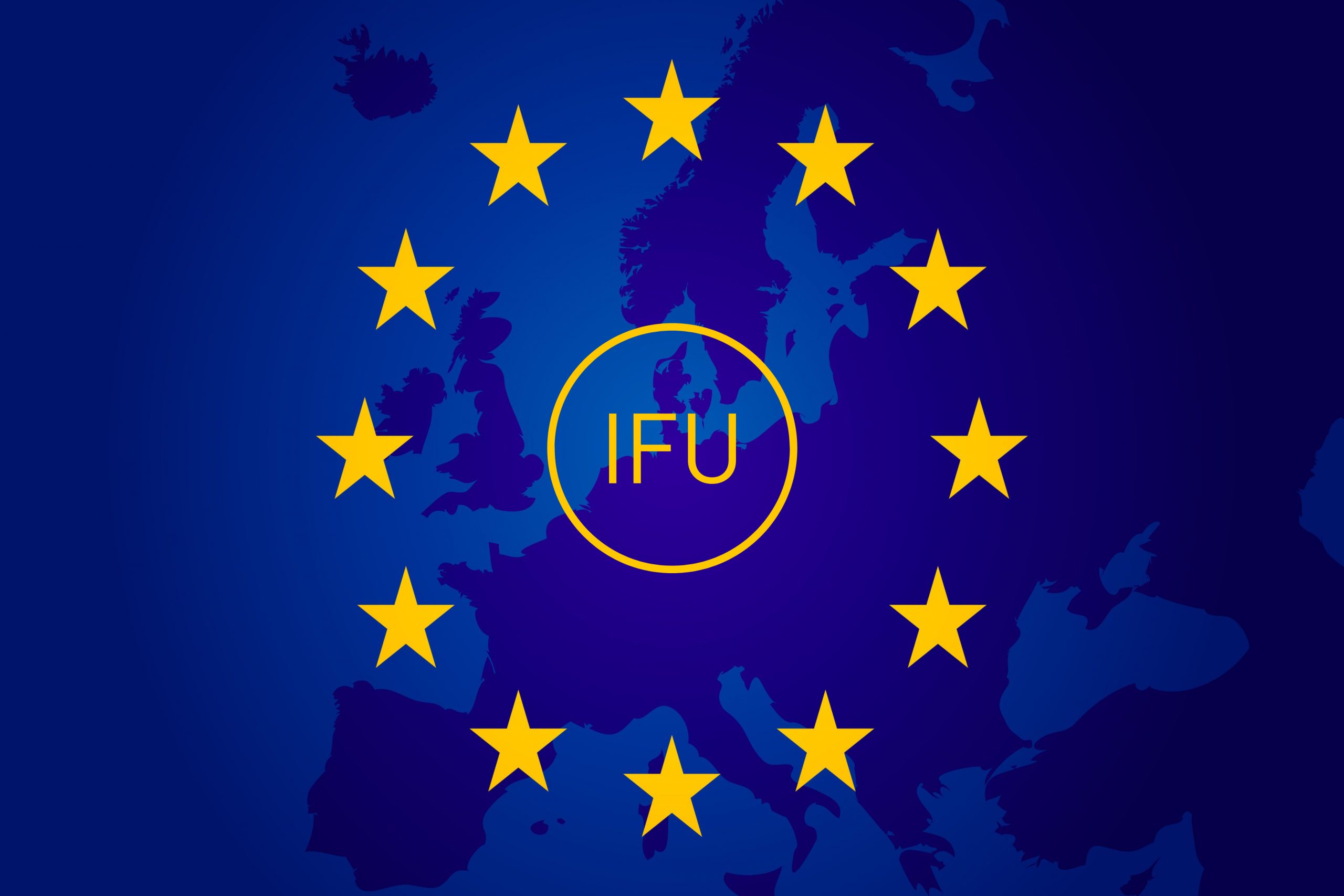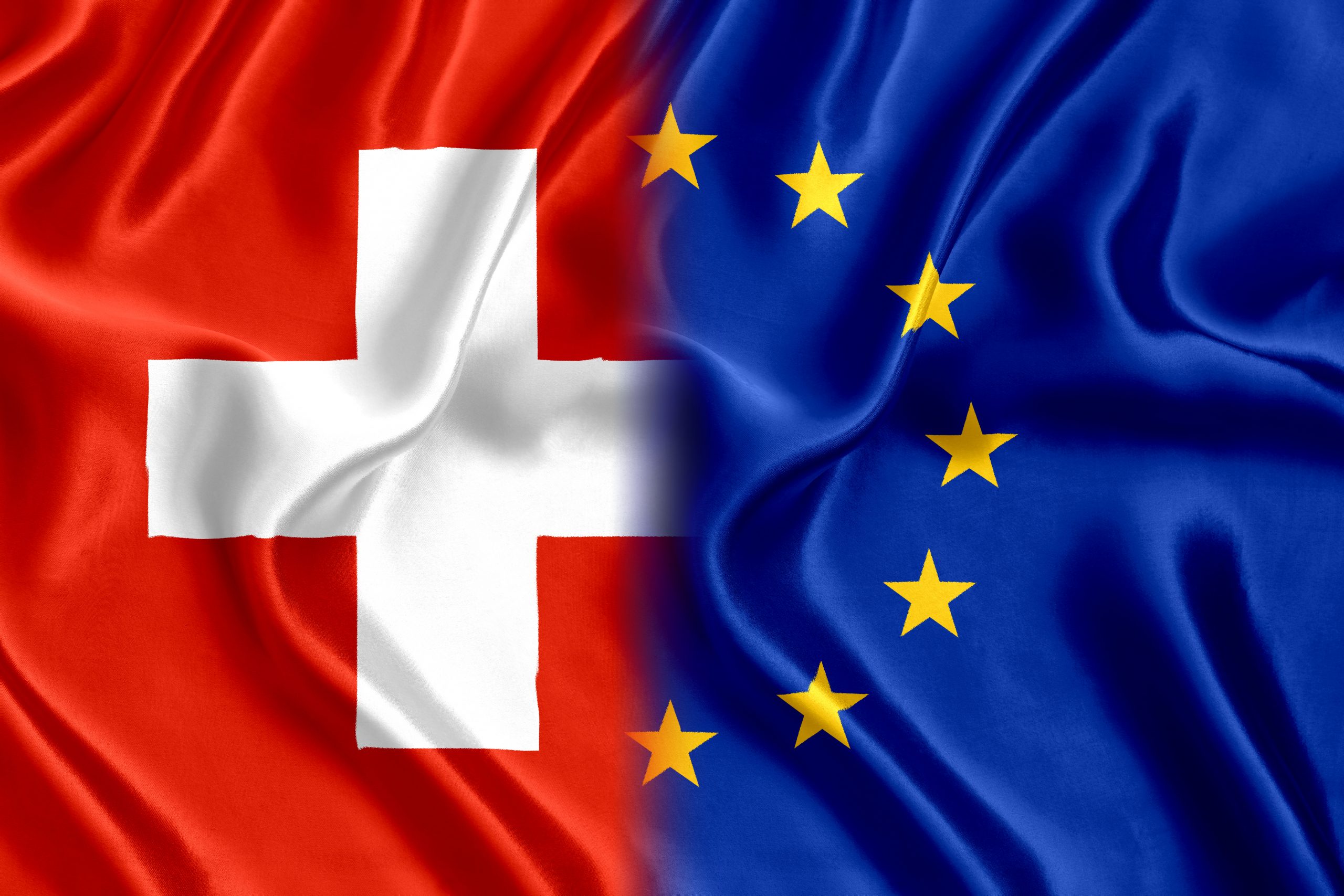As 2022 begins, it’s time for life science organisations to start executing plans for the year ahead. Whether you’re entering a new export market or launching a new product in a country where you already have a presence, translation of your written content will be part of the all-important specifics, from regulatory paperwork to package labelling or marketing literature. How will the new trends in the life science translation industry affect your plans for the coming year? Will you pay less for your translation and have it done faster over the next 12 months? Read on for our insights into how we think the life science translation industry will change in 2022, including the impact of neural machine translation, language-related regulatory legislation, and pandemic-triggered challenges and opportunities.
The life science translation industry is extremely fast-moving and complex, and in the past decade has witnessed several seismic shifts, most of them directly linked to technological advancements. Some members of our team still remember the days of paper dictionaries and saving larger files on a USB stick to be later posted to the client. However, as a forward-looking specialist life science translation provider, we’ve always been early adopters and embraced innovation that helps us translate better — be it integrated terminology management tools, cloud-based translation project management solutions or neural machine translation. Alongside rapid technological evolution, the landscape of the life science translation industry has also been shaped by various regulatory rules, such as the language requirements under the recent EU Medical Devices Regulation. Finally, the coronavirus pandemic has put an enormous pressure on delivery times for translation projects related to the prevention, detection, and treatment of COVID-19. So, what does the year ahead have in store for life science translation buyers?
- Will neural machine translation replace human translation?
In recent years, neural machine translation has been a hot topic, albeit an exceptionally divisive one, in the life science translation industry. Neural machine translation uses neural network models to learn a statistical model, and has substantially bridged the gap between human and machine translation. Human translators interact with a machine to transform its output from something useful into something usable. According to Global Market Insights, the global machine translation market exceeded USD 650 million in 2020 and is estimated to reach USD 3 billion by 2027. In 2021, top language service providers (LSPs) told CSA Research that 24% of their 2020 projects for end-clients involved machine translation, up from 13% in 2019. Neural machine translation works well with more generic, high-volume, easily predictable repetitive content. For this reason, uptake has generally been slow in the life science translation industry. In sectors heavily driven by innovation, such as pharmaceuticals and medical devices, novel concepts necessitate the introduction of new terminology by a human expert. More importantly, mission-critical content, such as patient or healthcare professional-facing material, requires a very controlled human-based process, and the risks of relying on neural machine translation still outweigh its potential benefits. In our opinion, neural machine translation can be applied to some types of texts, but it won’t be replacing or even supplementing a human translator for highly technical and/or mission-critical content for some years to come.
Our prediction: yes for low-impact content, no for highly technical and/or mission-critical content - Will the translation process become faster?
Faster translation doesn’t necessarily mean worse translation. In fact, in many scenarios automation not only increases the speed of the translation process but also improves its quality. In the life science translation industry, there are many examples of highly complex documents, such as patent applications, clinical trial protocols or instructions for use, that call for stringent terminology management and consistency. Automating certain tasks with the help of Computer Assisted Translation (CAT) tools substantially reduces the manual workload for the life science translator, especially with larger projects containing multiple files. Translation memory (TM) technology that reuses previously translated content, predictive typing, optical character recognition, automatic quality assurance (QA) checks, and terminology management tools take care of the more rudimentary tasks, allowing the linguists to focus their cognitive capabilities on maximising text quality. As these tools become smarter over the course of the coming year or two, the translation process will become faster, too.
Our prediction: yes
- Will the translation process become more cost-effective?
With a new breed of automation capable of taking on a growing number of human tasks, it’s tempting to assume that the cost of the translation process will fall. Although, for the reasons explained above, cost-saving isn’t the sole driver for the adoption of technology in the translation process, in the past decade powerful new tools have shaken up the life science translation industry and further stratified its segments. There has been a clear transition from a ‘one size fits all’ service, to different versions of the translation service based on market requirements. The good news for life science translation buyers looking for lower-cost options for their low-impact ‘bulk’ content is that, in this price-focused segment characterised by for-information-only quality, large parts of the translation process can be automated, and even draw upon neural machine translation. This means that the overall cost of such ‘raw’ translation will continue to fall. The high-end segment, which covers very complex, mission-critical content, still requires high levels of expert human input — and as such, will continue to be priced at a premium. For this reason, as opposed to a per-word charge, a project or time-based pricing model will become more prevalent in the life science translation industry. Such a model better reflects the workload associated with the translation process as well as the value added by life science linguists.
Our prediction: yes for low-impact content, no for highly technical and/or mission-critical content
- Will it be easier to source a specialist translation service?
As the life science translation industry further stratifies in 2022, in order to survive and thrive, LSPs will need to very clearly determine which segment of the market they wish to position themselves in. Some will focus on the high-volume passable quality offering with heavy integration of neural machine translation, at a very budget-friendly price point. Others will choose to further shift to the top-tier market niche, with premium translation services tailored to the requirements of a quality-focused life science translation buyer — one who expects the best possible translation due to its high strategic importance. If this is the level of service you’re after as a translation buyer, even without much knowledge of the life science translation industry, in the coming years you’ll find it much easier to distinguish the levels of service offered by different LSPs and select the one that meets your high expectations.
Our prediction: yes
- Will there be more demand for translation?
The global life sciences industry has been growing more rapidly than ever over the past decade, with its upward trajectory only accelerated by the COVID-19 pandemic. Demand for pharmaceuticals, such as vaccines and antivirals, has surged exponentially, while home testing and point-of-care testing are undergoing a revolution that is sending many medtech companies into overdrive. Hyperaccelerated product development cycles and regulatory processes have forever reset the life science translation industry’s norms, with the fierce pace of change over the past two years resulting in more content to translate in highly compressed timelines. According to Market Research Future, the translation service market grew by 40% in the first year of the pandemic, while the results of a global survey conducted by CSA Research in August 2020 show that the start of the pandemic triggered a 49% and 38% rise in demand for translation in healthcare, and medical and pharmaceutical industries, respectively. Although these trends are unlikely to be replicated in non-crisis situations going forward, they’ve paved the way towards more efficient working and, in many cases, prompted a clean-sheet approach to translation technology. As a result, the life science translation industry has developed better operational processes in readiness for further growth-fuelled demand, which is forecast to continue over the next 12 months. The ever-increasing need for more innovative solutions to satisfy the global healthcare agenda isn’t, however, the only driver of rising demand for translated content in the life science market. According to a recent study by Slator, 20% of overall translation buyer spend in 2020 was propelled by regulatory compliance, and life science industries are among the most heavily regulated in the world. For example, the new EU Medical Devices Regulation (2017/745/EU) and In Vitro Diagnostic Regulation (2017/746/EU) set out very specific language requirements for medical devices sold in the EU market. As the regulatory environment continues to change in response to the effects of globalisation and harmonisation, emerging markets, increasing complexity of disease targets, and introduction of new technologies, the demand for translation will only increase.
Our prediction: yes
What are your predictions for the life science translation industry in 2022? Please let us know in the comments below.






